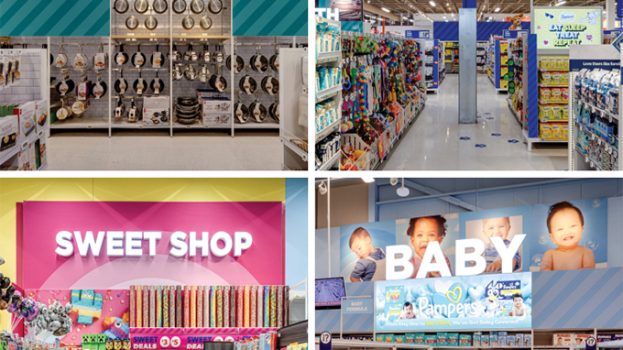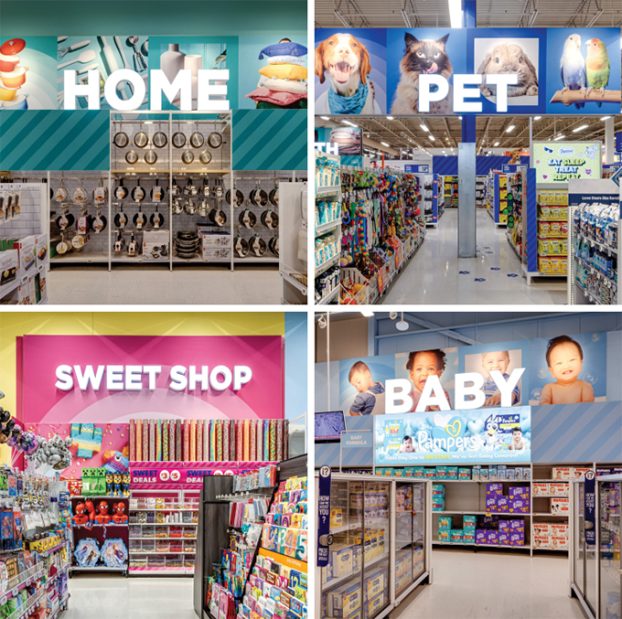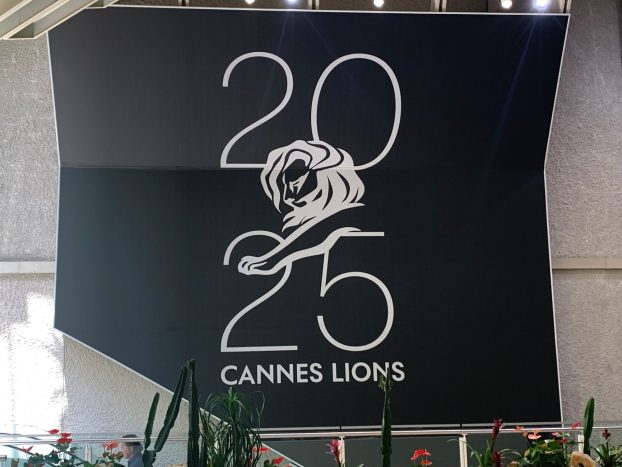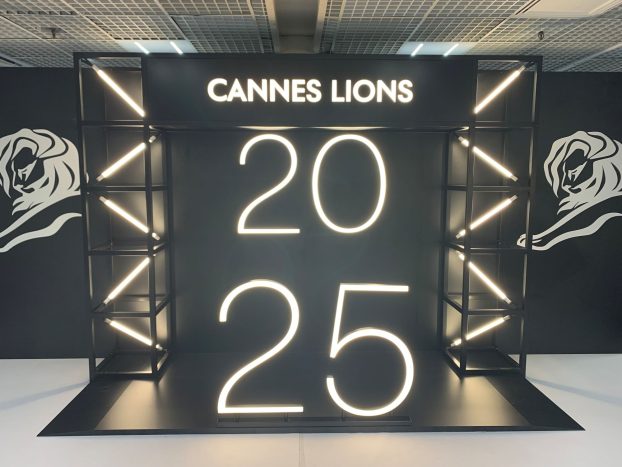Hair accessories brand Goody is stepping up its marketing efforts in-store and with digital in an effort to retain its number one position in Canada.
The increased efforts have been under way for the past couple of years, as part of a global initiative from Newell Brands to grow its brands and invest strategically, says Mike Muyal, director of marketing for home solutions at the parent company.
“You really can’t just rest your laurels on changing a colour,” he says, referring to products such as elastic hair bands. Rather, Goody has been innovating with its products to keep ahead of smaller, offshore manufacturers who can replicate trendy hair accessories quickly.
So, over the past two years, it’s been investing more in consumer research, testing and developing new products (such as its Clean Radiance hair brush, which launched earlier this year) and working with retailers on programs to retain its top position.
Part of its plan is to step up with digital. Currently, the brand has a program underway with couponing app Checkout 51 and Walmart, its largest retail partner in Canada. Digital coupons are seeing uptake in the mainstream and Muyal says their flexible nature allows for Goody to learn more about what customers are looking for in terms of offers (just this past week, for example, the brand realized it needed to make its Checkout 51 offer richer to boost redemption).
With London Drugs, meanwhile, Goody is currently using digital flyer advertising (using the Flipp app), video online and in-store, as well as local market TV spots to promote its Clean Radiance brush.
Generally, Goody’s target is women between 25 and 45, skewing toward moms who buy for the family but who can change between retailers, prompting the brand to shift how it merchandises in its major partners.
At Walmart, for example, marketing at shelf is more value-oriented (the brand has even manufactured products specifically for the Walmart customer).
London Drugs, on the other hand, now involves more department store-style merchandising, since that chain has beauty experts on hand (trained in various brands) and customers expect a higher level of interaction in those locations, Muyal says.
That more fashion-focused “shop within a shop” merchandising has emerged over the past year or so and includes reformulating how the product is displayed (grouping by colour, style and application) and free consumer education panels that are refreshed based on key buying times for hair brushes and accessories.
While about five years ago, Goody would invest in broadcast and print, that was limiting and it’s now finding greater measurement capabilities with social, media relations and digital, Muyal says.
The idea is to complement those online strategies, such as Twitter parties, with in-store executions timed accordingly to keep the messaging going at the retailer level, he says.
In other words, it’s after a more holistic approach without the spend that broadcast might require.
Over the past few years, the brand has established a partnership with Toronto-based Yummy Mummy Club to get products in the hands of key influencers. In Quebec, where its major retail partner is Jean Coutu, the brand has also partnered this year with media personality Saskia Thout for content development to showcase product.
Influencer relationships are particularly key for Goody, which is trying to maintain its positioning around quality and product innovation in a category where small manufacturers can quickly replicate products, he says. Influencers and product reviews lend credibility to the brand, he adds.
Correction: An earlier version of this article incorrectly referred to Goody’s product as “Clear Radiance,” not “Clean Radiance.”
























